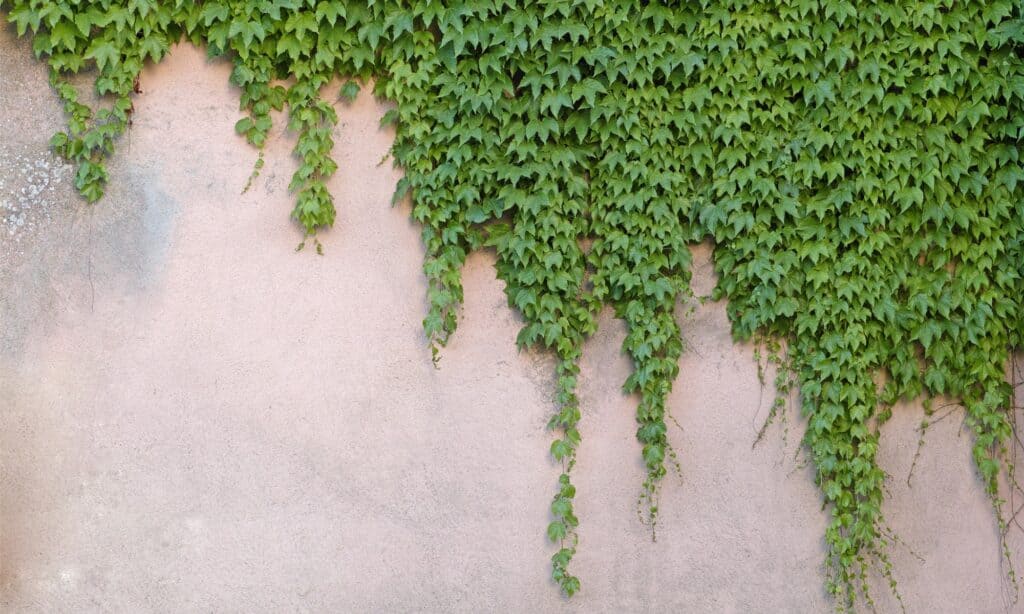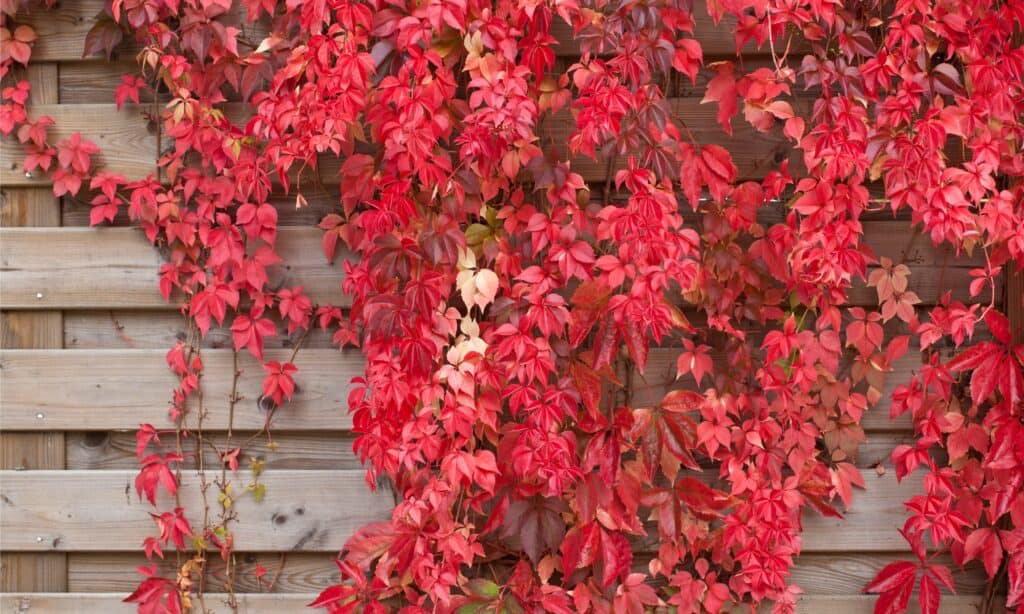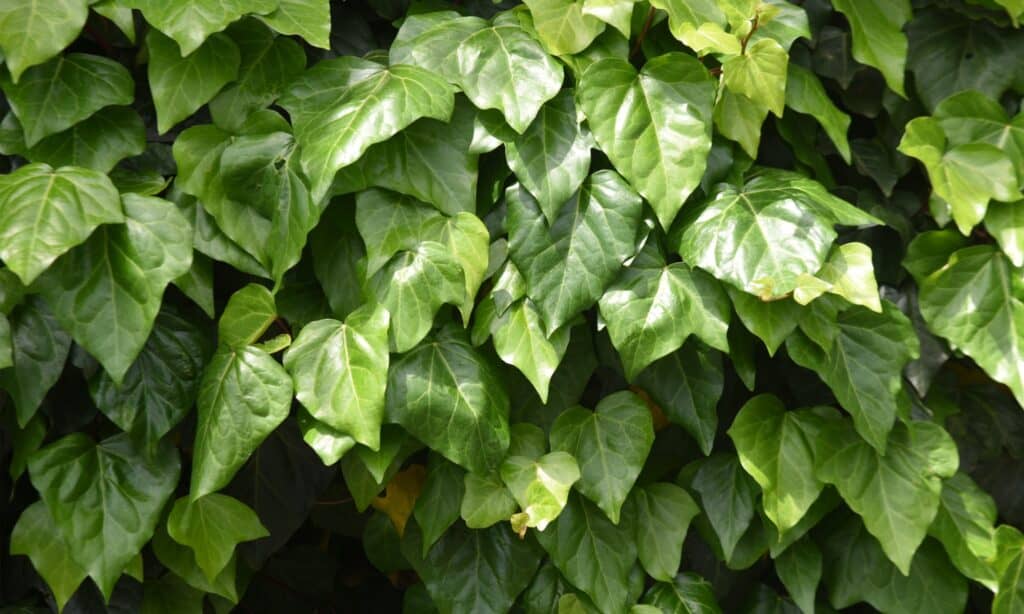If you are interested in growing vines on the side of your masonry home, you may be wondering what the differences are between Virginia creeper vs Boston ivy. These two plants are prolific growers, producing vines that do not damage wood or brick the same way as other ivy plants can. But what are the differences between Virginia creeper plants and Boston ivy plants so that you can plant the one that works best in your own backyard garden?
In this article, we will compare and contrast Virginia creepers with Boston ivys so that you can fully understand the differences between them. We will go over what these plants look like as well as what they are typically used for, and how you can best take care of them. Let’s get started and learn all about these vining plants now!
Comparing Virginia Creeper vs Boston Ivy

A-Z-Animals.com
Key Differences Between Virginia Creeper vs Boston Ivy

iStock.com/ffaber53
There are a number of key differences between Virginia creeper plants and Boston ivy plants. For example, Virginia creepers and Boston ivys belong to their own distinct species from one another. Virginia creeper leaves come in clusters of 5, while Boston ivy leaves are single leaves with 3 distinct lobes. The Virginia creeper plant originated in North America, while the Boston ivy plant originated in Asia. Finally, Virginia creeper plants are hardy in more climates or zones compared to Boston ivy plants.
Let’s go over all of these differences in more detail now.
Virginia Creeper vs Boston Ivy: Classification
Those belonging to the ivy family, there are some obvious similarities between Boston ivy and Virginia creeper. However, they are indeed their own distinct species from one another, with Virginia creeper classified as Parthenocissus quinquefolia, and Boston ivy classified as Parthenocissus tricuspidata.
Virginia Creeper vs Boston Ivy: Description

iStock.com/artist-unlimited
If you look at the side of a building and expect to be able to tell which vining plant you are looking at, you may have some trouble knowing if you are looking at Boston ivy or Virginia creeper. However, there is one distinct and key difference between these two plants: the shape of their leaves may help you learn which one of these plants is which!
For example, Virginia creeper vines have leaves with 5 distinct and serrated leaves, while Boston ivy leaves have one distinct and smooth leaf separated into three different lobes. Besides this, both Boston ivy and Virginia creeper can reach up to 100 feet tall, and they both produce subtle green flowers that become ripe berries when the fall season arrives. Finally, Virginia creeper and Boston ivy also both have varieties that turn red in the fall.
Virginia Creeper vs Boston Ivy: Uses

iStock.com/ndefined undefined
Boston ivy and Virginia creeper are two plants that are primarily used for the same purposes. For example, brick buildings and masonry homes often have either Boston ivy or Virginia creeper growing up their sides, used as a natural shade or insulation method. However, Virginia creeper and Boston ivy are both great ornamental plants to grow elsewhere on your property, so long as you are comfortable with just how fast they can grow!
Virginia Creeper vs Boston Ivy: Origin and How to Grow
Another key difference between Virginia creeper and Boston ivy plants lies in their origin. For example, Virginia creeper originated in North America, while Boston ivy originated in Asia. However, Boston ivy gets its common name from its ability to grow on older masonry structures without damaging them, leading to the colloquial name of Ivy schools when referencing a number of older and prestigious universities in the United States.
You can grow Virginia creeper and Boston ivy in the same way, as both of these vining plants prefer full sunlight to partial shade. Planting in full sunlight locations will give you the most stunning colors when fall comes, and you should make sure to prune both of these plants often in case they grow anywhere that you don’t want them to!
Virginia Creeper vs Boston Ivy: Hardiness Zones

iStock.com/drasa
A final difference between Boston ivy plants and Virginia creeper plants is their hardiness zones, or where they grow best outdoors. For example, Virginia creeper is hardy in zones 3 through 10, while Boston ivy is only hardy in zones 4 through 8. This makes Virginia creeper a hardier plant overall, but Boston ivy still grows well in a number of locations.
The post Virginia Creeper vs Boston Ivy: What’s the Difference? appeared first on AZ Animals.
from Animal News, Facts, Rankings, and More! - AZ Animals https://ift.tt/YiTQ0Ls